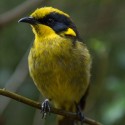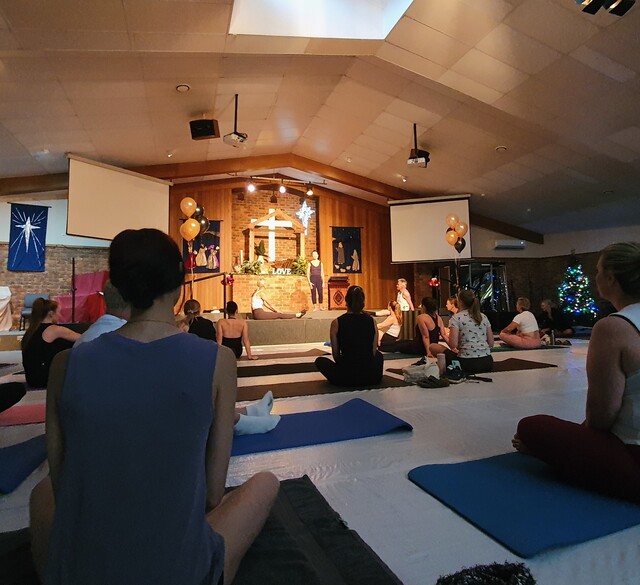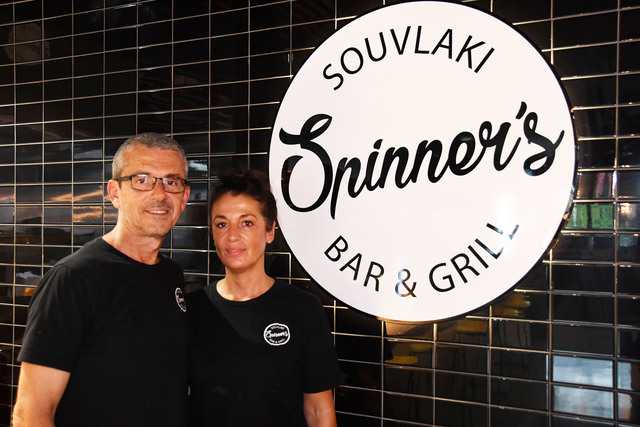By JESSE GRAHAM
YELLINGBO’S helmeted honeyeater population could reach its highest point in 50 years in September, after three years of successful breeding seasons.
Last month, Zoos Victoria’s Twitter account posted that there were 57 new honeyeater fledglings at Yellingbo as a result of the latest breeding season.
Healesville Sanctuary’s Supervisor of Life Sciences and Fighting Extinction, Karina Cartwright, told the Mail that the new birds were a mixture of birds released from the sanctuary, as well as those born in the wild.
“Having said that, there’s a good chance their parents were bred here as well,” she said.
She said the current breeding season had been successful, and that staff at the sanctuary were continually updating the predator awareness training that fledglings go through before release.
From the age of about 40 days, the birds are considered independent from their parents, and are given individual leg-bands, have a blood sample taken, and taken to an aviary to socialise with other birds.
“They get to socialise and learn how to be a honeyeater,” Ms Cartwright said.
“They’re very territorial and aggressive, so you need to learn how to assert yourself and find your place within the hierarchy of a group, and that’s what they get to do at a young age.”

The training process, Ms Cartwright said, involves separating fledglings into two groups – a test group and a control group – and testing all the birds for their reactions to alarm calls, and to a taxidermy Goshawk.
“We’ll record what their reaction is – are they sitting out in the open, looking at this predator in front of them with no reaction? Are they ducking for cover and hiding from them, which is what we want to see?” she said.
From there, the test group are exposed to more alarm calls and negative stimulus, so they are conditioned to associate the calls with fear – essential for avoiding predators in the wild – and a Goshawk is flown in a nearby aviary to test responses.
After their training, the groups are released around September and monitored in the wild.
Ms Cartwright said before the training was introduced, survival rates for the birds were under 50 per cent, which went up to 88 per cent in its first year, and 72 per cent in the second year.
“This year, so far so good, it’s 100 per cent,” she said.
The most recent count of helmeted honeyeaters in December put the population in Yellingbo at 194, one of the highest counts since groups in the 1960s estimated numbers to be about 200.
Friends of the helmeted honeyeater’s Environmental co-ordinator James Frazer said on Tuesday 2 February, that the fledgling count was closer to 64 – which is more birds than were recorded in the wild in 2011.
“We’ve got a record number of fledglings, a record number of breeding pairs,” he said.
He said September’s release would push the bird’s population over the 200 mark.
Asked whether he thought people were more aware of the honeyeaters, Mr Frazer said he had searched the term on Instagram, and found photos of people with helmeted honeyeater tattoos.
Mr Frazer said the future of the bird looked “encouraging”, and that more scientific data were being collected on the birds, such as how they use their habitat.
“I think it’s all starting to pay off now,” he said.







